
Ahuachapan
Visit the guide

Apopa
Visit the guide

Atiquizaya
Visit the guide

Ayutuxtepeque
Visit the guide

Chalatenango
Visit the guide

Chalchuapa
Visit the guide

Ciudad Arce
Visit the guide
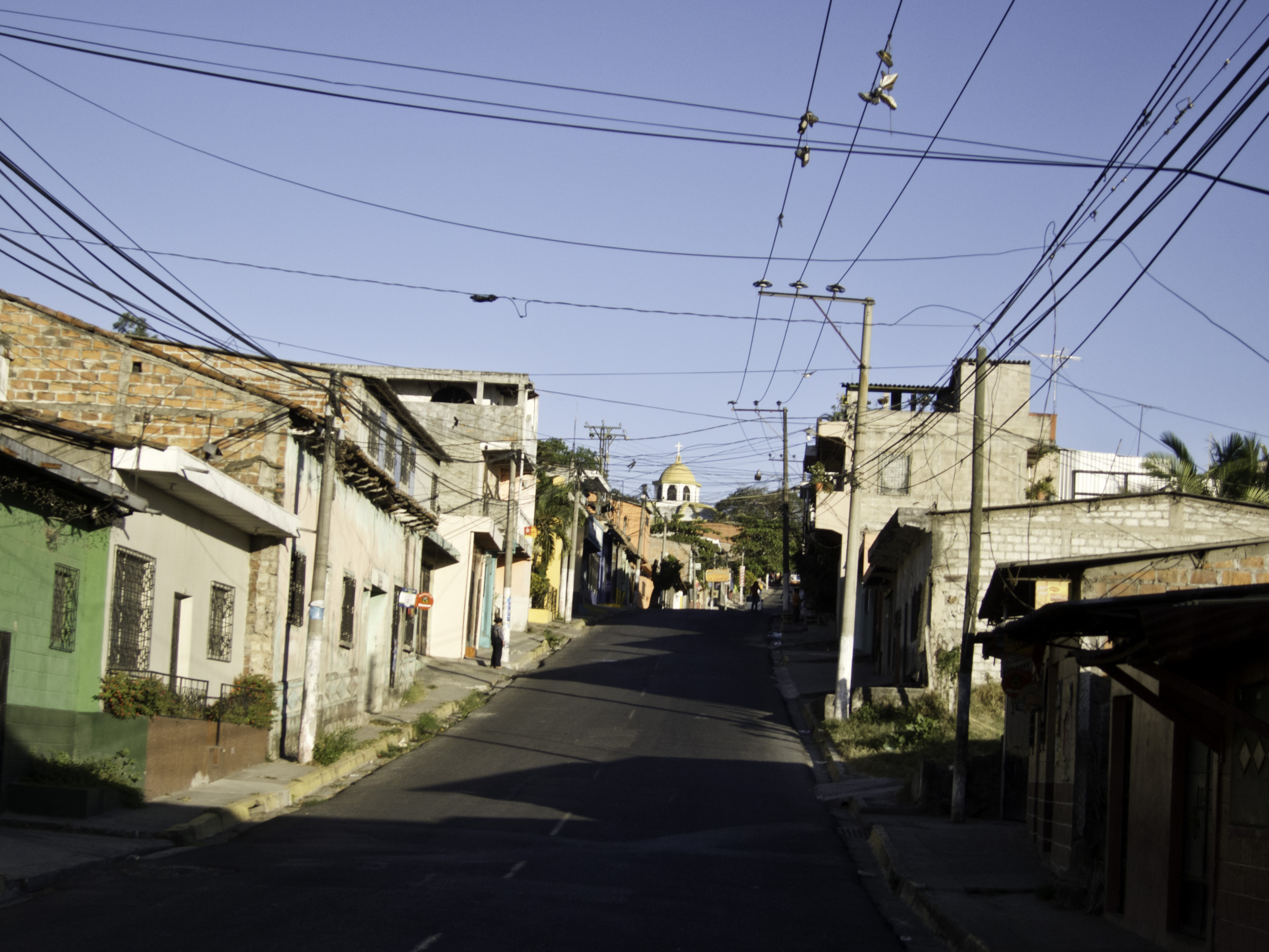
Cojutepeque
Visit the guide

Delgado
Visit the guide

Ilopango
Visit the guide
Jiquilisco.
Visit the guide
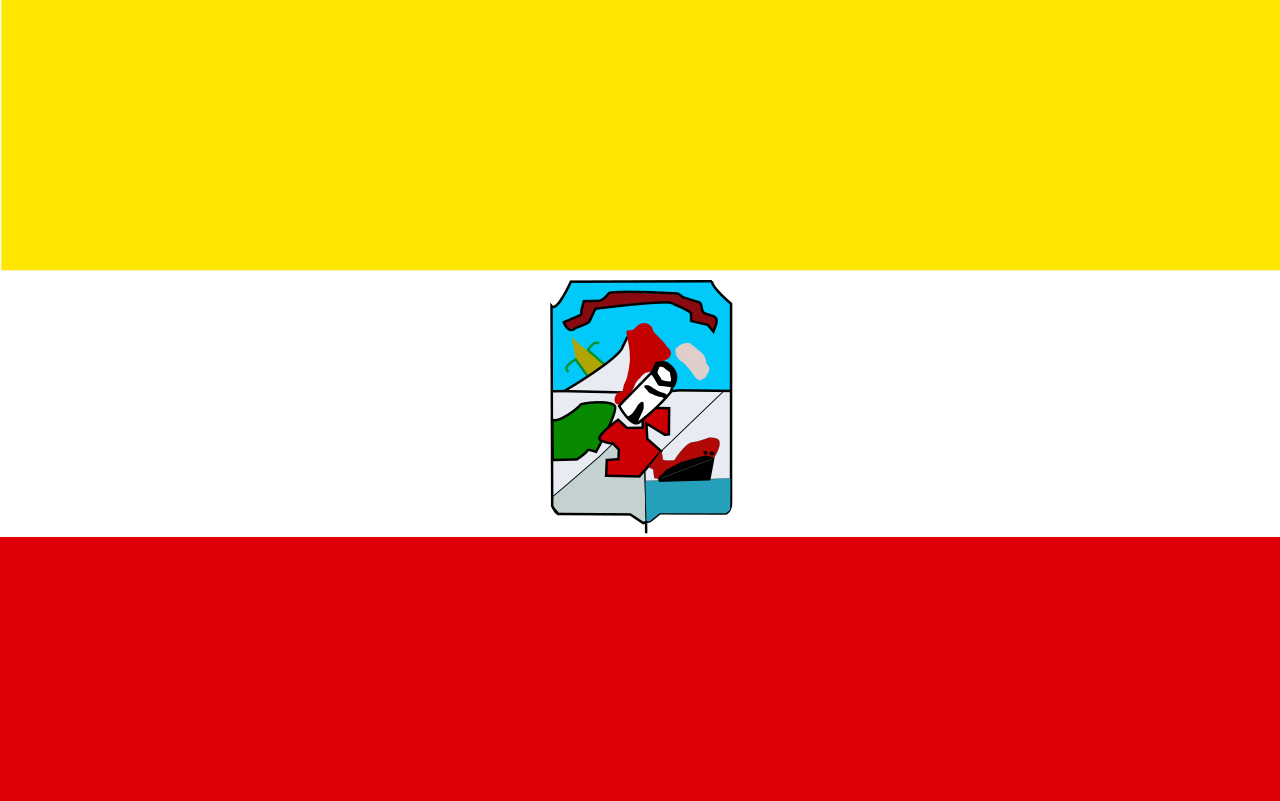
La union
Visit the guide

Mejicanos
Visit the guide
Metapan
Visit the guide

Nueva Guadalupe
Visit the guide

San Francisco Gotera
Visit the guide

San Juan Opico
Visit the guide
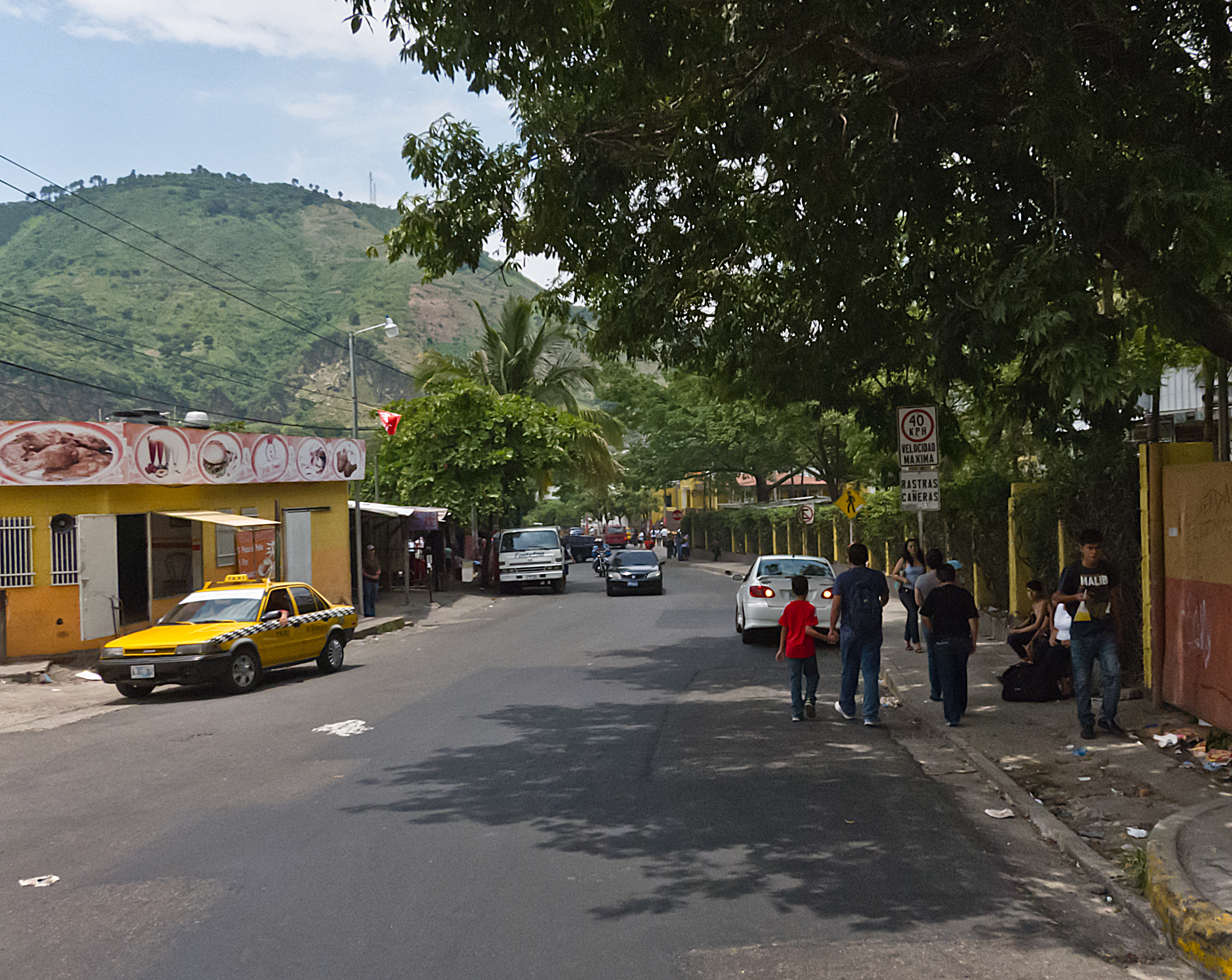
San Marcos
Visit the guide

San Miquel
Visit the guide

Santa Tecla
Visit the guide
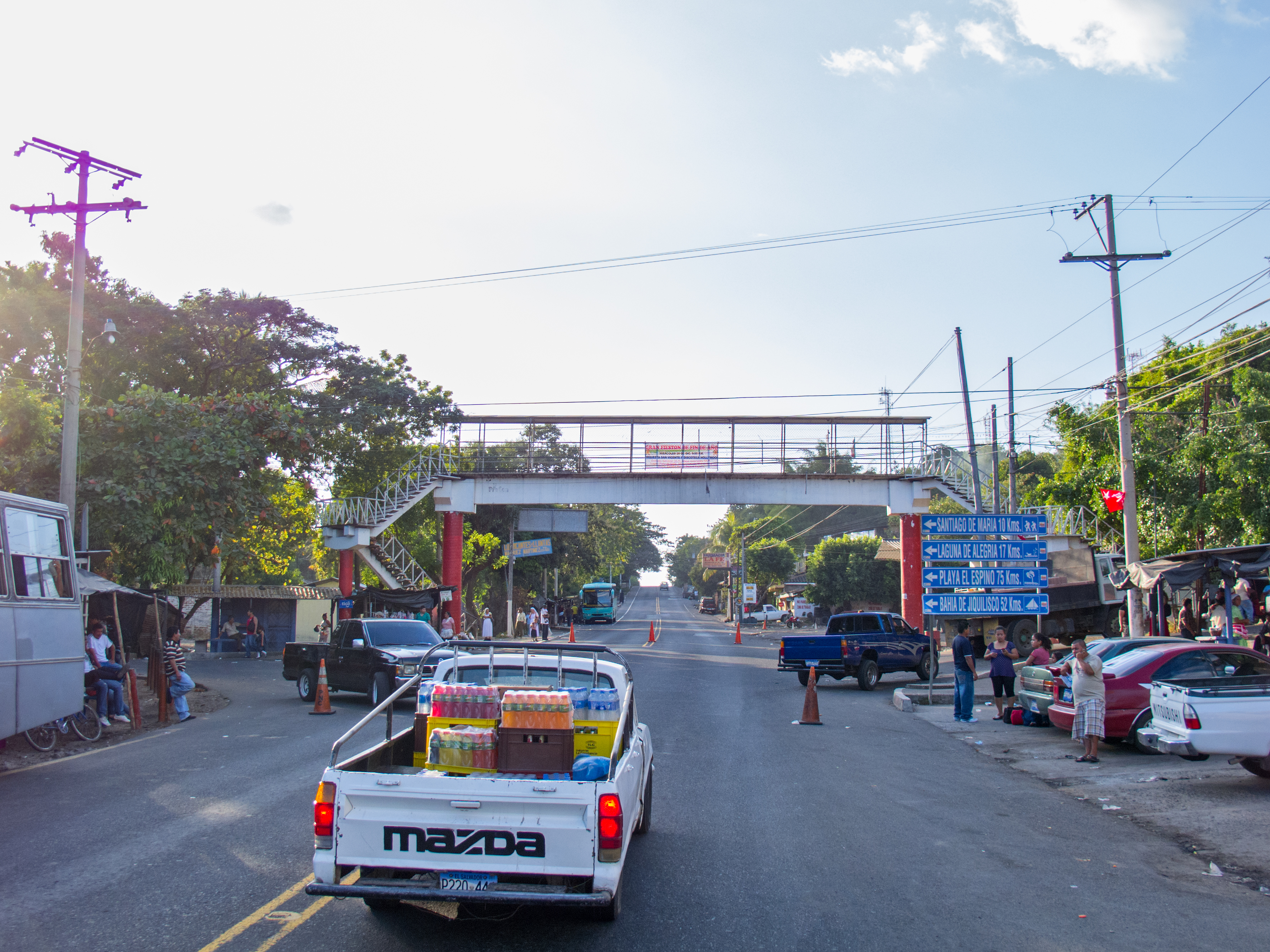
Santiago de maria
Visit the guide

Sensuntepeque
Visit the guide

Sonsonate
Visit the guide

Soyapango
Visit the guide

Usulutan
Visit the guide
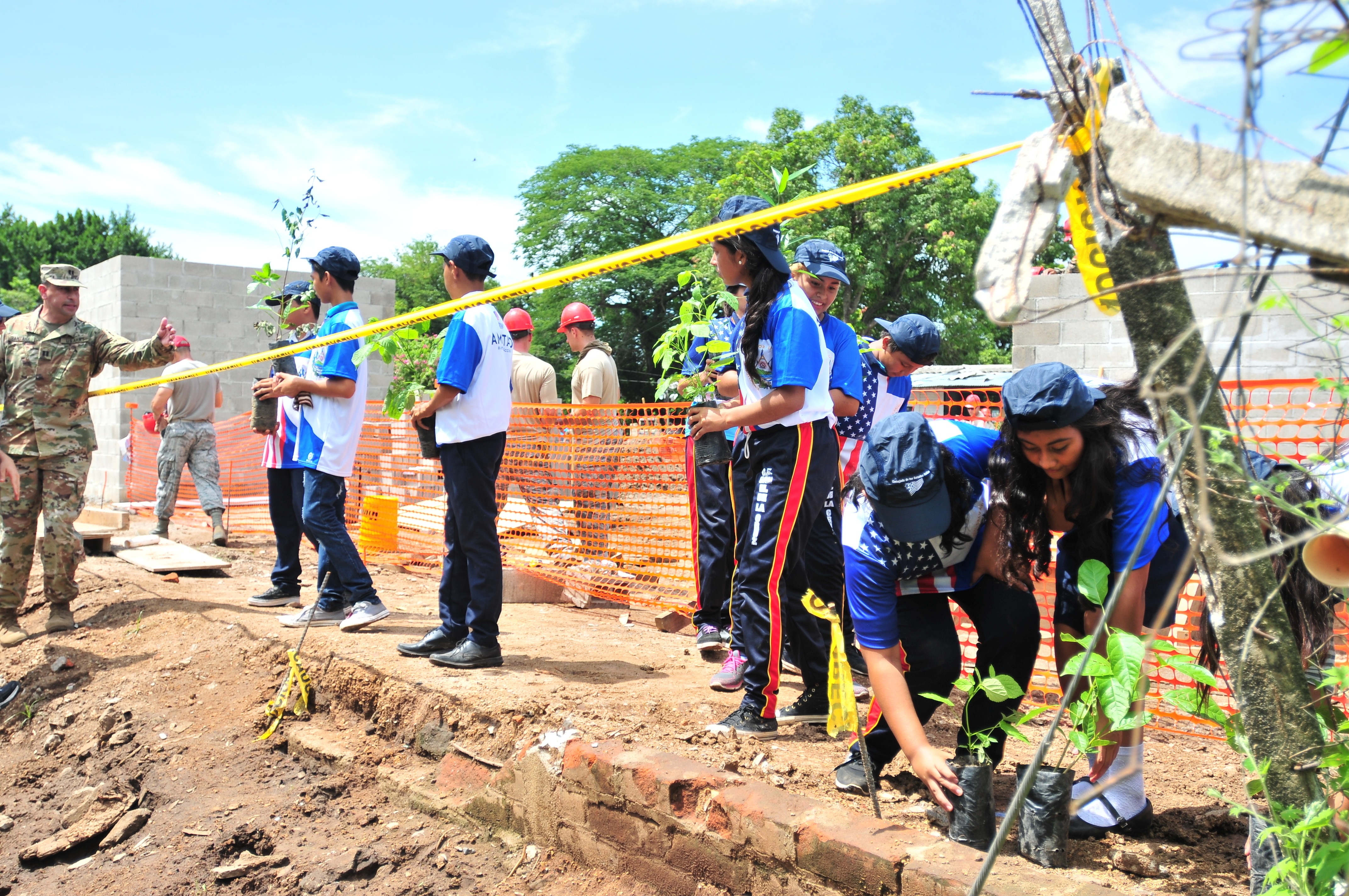
Zacatecoluca
Visit the guide

Zaragoza
Visit the guide
festivites
Here are some of the major festivities and holidays celebrated in El Salvador:
1. Independence Day - Celebrated on September 15th, this holiday marks El Salvador's independence from Spain in 1821. The day is marked with parades, fireworks, music, and cultural events throughout the country.
2. Day of the Dead - Celebrated on November 1st and 2nd, this holiday is a time for families to remember and honor their loved ones who have passed away. It is customary to visit cemeteries, clean and decorate graves, and share food and drink with family members and friends.
3. Christmas - Like in many other countries, Christmas is a major holiday in El Salvador. People attend church services, exchange gifts, and enjoy traditional foods such as tamales, turkey, and ponche (a warm fruit punch).
4. Las Fiestas Agostinas - This festival takes place in August and is one of the biggest celebrations in El Salvador. It honors the country's patron saint, the Divine Savior of the World, and features parades, carnivals, music, dance, and street food.
5. Holy Week - This week leading up to Easter is a significant religious observance in El Salvador. Many people participate in processions and reenactments of the crucifixion and resurrection of Jesus Christ, while others take the opportunity to spend time with family and friends.
These are just a few examples of the many cultural festivities and holidays that are celebrated in El Salvador throughout the year.
seasons
El Salvador has two main tourist seasons, the dry season and the rainy season.
1. Dry season:
- Dates: December to April
- Recommendations: This is the peak tourist season in El Salvador, with clear skies, warm temperatures and lower humidity. It's the best time to visit the beaches, go surfing or enjoy outdoor activities.
2. Rainy season:
- Dates: May to November
- Recommendations: During this season, rains are frequent and can be heavy at times. However, the countryside turns lush green and the waterfalls are at their best. It's a good time for eco-tourism and exploring rainforests, but keep an eye out for weather warnings and plan accordingly.
visa
As of my knowledge cutoff date of September 2021, citizens of certain countries, including the United States, Canada, and the European Union, do not require a visa for stays of up to 90 days in El Salvador for tourism and business purposes. However, they must have a valid passport and a return or onward ticket.
For citizens of other countries, a visa may be required to enter El Salvador. The cost of a tourist visa is approximately $60 USD, while a business visa costs around $115 USD. However, these fees may vary depending on the country of citizenship and the specific type of visa being applied for.
It's important to note that visa requirements and fees can change over time, so it's always best to check with the nearest embassy or consulate of El Salvador for the most up-to-date information before traveling.
souvenirs
Here are some popular souvenirs to buy from El Salvador along with their average prices and where to buy them:
1. Handcrafted hammocks – $10 to $50 – Can be found in markets and roadside stalls throughout the country, but particularly in towns like Suchitoto and La Palma.
2. Pupusas maker – $10 to $20 – Can be found in markets or specialty stores selling kitchen utensils.
3. Artisan pottery – $5 to $50 – Can be found in markets or in towns known for their ceramics such as Ilobasco and San Salvador's Paseo El Carmen.
4. Coffee – $7 to $20 – Can be found in supermarkets, specialty stores, and coffee farms around the country.
5. Indigo-dyed textiles - $15 to $60 - Can be found in stores and markets that sell traditional clothing items like ponchos and shawls.
6. Wooden handicrafts – $5 to $40 – Can be found in markets and specialty stores that sell locally made crafts.
Note that these prices are approximate and may vary depending on the location and quality of the item.
If you have 1 week
Great to hear that you're in El Salvador! Here's a one-week itinerary that I recommend for you:
Day 1: Start your trip by exploring the capital city, San Salvador. Visit El Boquerón National Park, which is located on the edge of the San Salvador volcano crater. You can go hiking here and enjoy the stunning views of the city from the top.
Day 2: Head to Suchitoto, a charming colonial town with cobblestone streets and colorful houses. Take a boat ride on Lake Suchitlán and admire the beautiful scenery.
Day 3: Visit the Mayan ruins of Joya de Cerén, also known as the "Pompeii of the Americas." This site was buried under volcanic ash in AD 600 and provides a fascinating glimpse into ancient Mayan life.
Day 4: Explore the Ruta de las Flores, a scenic route through picturesque towns and villages. Stop at Juayúa to experience the vibrant food scene at the weekly food festival called La Feria Gastronómica.
Day 5: Relax on the beaches of El Tunco, a popular surf spot with a laid-back vibe. You can take surfing lessons or simply enjoy the sun and sea.
Day 6: Continue your beach adventure and head to El Cuco, another gorgeous coastal town with pristine beaches and crystal-clear waters.
Day 7: End your trip by visiting the Tazumal Mayan ruins, located near Santa Ana. These ruins date back to AD 100 and are some of the most impressive in El Salvador.
I recommend this itinerary because it offers a mix of nature, history, culture, and relaxation. You'll get to explore the capital city, discover ancient Mayan ruins, visit charming colonial towns, and relax on some of the most beautiful beaches in Central America. Plus, you'll get to try some delicious Salvadoran food and experience the warmth and friendliness of the local people. Have a great trip!
If you have 2 weeks
Great to hear that you're in El Salvador! Here are some suggestions for a two-week itinerary:
Week 1:
Day 1 - San Salvador: Start your trip by exploring the capital city of El Salvador. Visit the National Palace and the Metropolitan Cathedral, and explore the vibrant street art scene in the historic downtown area.
Day 2-3 - La Libertad: Head to the coast and spend a couple of days in the beach town of La Libertad. Relax on the black sand beaches, try some tasty seafood, and catch some waves at Punta Roca, one of the most famous surf spots in Central America.
Day 4-5 - Suchitoto: Travel to the charming colonial town of Suchitoto, located on the shores of Lake Suchitlan. Take a boat tour of the lake, visit the Santa Lucia Church, and enjoy the picturesque cobblestone streets and colorful buildings.
Day 6-7 - Joya de Cerén: Step back in time with a visit to the ancient Maya village of Joya de Cerén, which was preserved by volcanic ash for nearly 1,400 years. Learn about daily life in pre-Hispanic times at this UNESCO World Heritage site.
Week 2:
Day 8-9 - Perquín: Explore the mountains of Eastern El Salvador with a visit to the town of Perquín. Learn about the country's civil war history at the Museum of the Revolution, hike in the nearby Cinquera Rainforest, and take in the stunning views of the surrounding hills.
Day 10-11 - Alegria: Continue your journey through scenic mountain roads to the picturesque town of Alegria. Enjoy the tranquil atmosphere, take a dip in the natural hot springs, and hike up to the crater of the nearby volcano.
Day 12-13 - Ruta de las Flores: Drive along the Ruta de las Flores, a scenic route that passes through several charming towns known for their coffee plantations, artisans, and colorful murals. Stop in towns like Juayua and Ataco to explore local markets and try some delicious local cuisine.
Day 14 - Santa Ana: Finish your trip with a visit to the colonial city of Santa Ana. Check out the Gothic-style Santa Ana Cathedral and nearby Teatro de Santa Ana, then hike up to Volcan de Santa Ana, one of the highest volcanoes in El Salvador, for stunning views of the surrounding landscape.
These are just a few suggestions to kickstart your two-week adventure in El Salvador. Each destination offers its own unique blend of history, culture, and natural beauty. When visiting these places, be sure to take part in local experiences and meet the friendly locals to get a true taste of what El Salvador has to offer!
Culture
Pulling from indigenous, colonial Spanish and African influences, a composite population was formed as a result of intermarrying between the natives, European settlers, and enslaved Africans. The Catholic Church plays an important role in the Salvadoran culture. Archbishop Óscar Romero is a national hero for his role in resisting human rights violations that were occurring in the lead-up to the Salvadoran Civil War. Significant foreign personalities in El Salvador were the Jesuit priests and professors Ignacio Ellacuría, Ignacio Martín-Baró, and Segundo Montes, who were murdered in 1989 by the Salvadoran Army during the height of the civil war.
Painting, ceramics and textiles are the principal manual artistic mediums. Writers Francisco Gavidia, Salarrué (Salvador Salazar Arrué), Claudia Lars, Alfredo Espino, Pedro Geoffroy Rivas, Manlio Argueta, José Roberto Cea, and poet Roque Dalton are important writers from El Salvador. Notable 20th-century personages include the late filmmaker Baltasar Polio, female film director Patricia Chica, artist Fernando Llort, and caricaturist Toño Salazar.
Among the more renowned representatives of the graphic arts are the painters Augusto Crespin, Noe Canjura, Carlos Cañas, Giovanni Gil, Julia Díaz, Mauricio Mejia, Maria Elena Palomo de Mejia, Camilo Minero, Ricardo Carbonell, Roberto Huezo, Miguel Angel Cerna, (the painter and writer better known as MACLo), Esael Araujo, and many others.
One of El Salvador's notable dishes is the pupusa. Pupusas are handmade corn tortillas (made of masa de maíz or masa de arroz, a maize or rice flour dough used in Latin American cuisine) stuffed with one or more of the following: cheese (usually a soft Salvadoran cheese such as quesillo, similar to mozzarella), chicharrón, or refried beans. Sometimes the filling is queso con loroco (cheese combined with loroco, a vine flower bud native to Central America). Pupusas revueltas are pupusas filled with beans, cheese and pork. There are also vegetarian options. Some adventurous restaurants even offer pupusas stuffed with shrimp or spinach. The name pupusa comes from the Pipil-Nahuatl word, pupushahua. The origins of the pupusa are debated, although its presence in El Salvador is known to predate the arrival of the Spaniards.
In El Salvador, the pupusa is considered a Mesoamerican ancestral legacy and the most popular dish nationally. It has been designated as the "National Dish of El Salvador" via the Legislative Decree no. 655 in the Salvadoran Constitution. The decree also indicates that every second Sunday in November, the country will celebrate the "National Day of the Pupusas".
Two other typical Salvadoran dishes are yuca frita and panes con pollo. Yuca frita is deep fried cassava root served with curtido (a pickled cabbage, onion and carrot topping) and pork rinds with pescaditas (fried baby sardines). Yuca is sometimes served boiled instead of fried. Pan con pollo/pavo (bread with chicken/turkey) are warm turkey or chicken-filled submarine sandwiches. The bird is marinated and then roasted with spices and hand-pulled. This sandwich is traditionally served with tomato and watercress along with cucumber, onion, lettuce, mayonnaise, and mustard.
One of El Salvador's typical breakfasts is fried plantain, usually served with cream. It is common in Salvadoran restaurants and homes, including those of immigrants to the United States. Alguashte, a condiment made from dried, ground pepitas, is commonly incorporated into savoury and sweet Salvadoran dishes. "Maria Luisa" is a dessert commonly found in El Salvador. It is a layered cake that is soaked in orange marmalade and sprinkled with powdered sugar. One of the most popular desserts is the cake Pastel de tres leches (Cake of three milks), consisting of three types of milk: evaporated milk, condensed milk, and cream.
A popular drink that Salvadorans enjoy is horchata. Horchata is most commonly made of the morro seed ground into a powder and added to milk or water, and sugar. Horchata is drunk year-round, and can be drunk at any time of day. It mostly is accompanied by a plate of pupusas or fried yuca. Horchata from El Salvador has a very distinct taste and is not to be confused with Mexican horchata, which is rice-based. Coffee is also a common morning beverage. Other popular drinks in El Salvador include ensalada, a drink made of chopped fruit swimming in fruit juice, and Kolachampan, a sugar cane-flavoured carbonated beverage.
Traditional Salvadoran music is a mixture of indigenous, Spanish, and African influences. It includes religious songs (mostly used to celebrate Christmas and other holidays, especially feast days of the saints). Other musical repertoire consists of danza, pasillo, marcha and cancione which are composed of parading bands, street performances, or onstage dances, either in groups or paired. Satirical and rural lyrical themes are common. Traditional instruments used are the marimba, tepehuaste, flutes, drums, scrapers and gourds, as well as guitars among others. El Salvador's well known folk dance is known as Xuc which originated in Cojutepeque, Cuscatlan. Caribbean, Colombian, and Mexican music has become customary listening radio and party in the country, especially boleros, cumbia, merengue, Latin pop, salsa, bachata, and reggaeton.
Football is the most popular sport in El Salvador. The El Salvador national football team qualified for the FIFA World Cup in 1970 and 1982. Their qualification for the 1970 tournament was marred by the Football War, a war against Honduras, whose team El Salvador's had defeated. The national football team play at the Estadio Cuscatlán in San Salvador. It opened in 1976 and seats 53,400, making it the largest stadium in Central America and the Caribbean.
Religion
The majority of the population in El Salvador is Christian. Roman Catholics (47%) and Protestants (33%) are the two major religious groups in the country, with the Catholic Church the largest denomination. Those not affiliated with any religious group amount to 17% of the population. The remainder of the population (3%) is made up of Jehovah's Witnesses, Hare Krishnas, Muslims, Jews, Buddhists, Latter-day Saints, and those adhering to indigenous religious beliefs. The number of evangelicals in the country is growing rapidly. Óscar Romero, the first Salvadoran saint, was canonized by Pope Francis on 14 October 2018.
Demographics
El Salvador's population was in, compared to 2,200,000 in 1950. In 2010 the percentage of the population below the age of 15 was 32.1%, 61% were between 15 and 65 years of age, while 6.9% were 65 years or older. The capital city of San Salvador has a population of about 2.1 million people. An estimated 42% of El Salvador's population live in rural areas. Urbanization has expanded at a phenomenal rate in El Salvador since the 1960s, with millions moving to the cities and creating associated problems for urban planning and services.
There are up to 100,000 Nicaraguans living in El Salvador.
El Salvador's population is composed of mixed races as well as people of indigenous, European, or Afro-descendant ancestry among smaller diasporas of Middle and Far Eastern groups. Eighty-six per cent of Salvadorans identify with mestizo ancestry. 15.0 % of Salvadorans report as White, mostly of ethnically Spanish people, while there are also Salvadorans of French, German, Swiss, English, Irish, and Italian descent. Most Central European immigrants in El Salvador arrived during World War II as refugees from the Czech Republic, Germany, Hungary, Poland, and Switzerland. There are also small communities of Jews, Palestinian Christians, and Arab Muslims (in particular Palestinians).
0.23% of the population report as fully indigenous. The ethnic groups are Kakawira which represents 0.07% of the total country's population, Nawat (0.06%), Lenca (0.04%) and other minor groups (0.06%). Very few Amerindians have retained their customs and traditions, having over time assimilated into the dominant mestizo culture. There is a small Afro-Salvadoran group that is 0.13% of the total population, with Blacks, among other races, having been prevented from immigrating via government policies in the early 20th century. The descendants of enslaved Africans, however, had already integrated into the Salvadoran population and culture well before, during the colonial and post-colonial period.
Among the immigrant groups in El Salvador, Palestinian Christians stand out. Though few in number, their descendants have attained great economic and political power in the country, as evidenced by the election of President Antonio Saca, whose opponent in the 2004 election, Schafik Handal, was also of Palestinian descent, and the flourishing commercial, industrial, and construction firms owned by this ethnic group.
, there were approximately 3.2 million Salvadorans living outside El Salvador, with the United States traditionally being the destination of choice for Salvadoran economic migrants. By 2012, there were about 2.0 million Salvadoran immigrants and Americans of Salvadoran descent in the U.S., making them the sixth largest immigrant group in the country. The second destination of Salvadorans living outside is Guatemala, with more than 111,000 persons, mainly in Guatemala City. Salvadorans also live in other nearby countries such as Belize, Honduras and Nicaragua. Other countries with notable Salvadoran communities include Canada, Mexico, the United Kingdom (including the Cayman Islands), Sweden, Brazil, Italy, Colombia, and Australia.
Castillian, also known as Spanish, is the official language and is spoken by virtually all inhabitants, although a very small number (around 500) of indigenous Pipils speak Nawat. The other indigenous languages, namely Poqomam, Cacaopera, and Lenca, are extinct. Q'eqchi' is spoken by indigenous immigrants of Guatemalan and Belizean origin living in El Salvador.
The local Spanish vernacular is called Caliche, which is considered informal. As in other regions of Central and South America, Salvadorans use voseo. This refers to the use of "vos" as the second person singular pronoun, instead of "tú".
The majority of the population in El Salvador is Christian. Roman Catholics (47%) and Protestants (33%) are the two major religious groups in the country, with the Catholic Church the largest denomination. Those not affiliated with any religious group amount to 17% of the population. The remainder of the population (3%) is made up of Jehovah's Witnesses, Hare Krishnas, Muslims, Jews, Buddhists, Latter-day Saints, and those adhering to indigenous religious beliefs. The number of evangelicals in the country is growing rapidly. Óscar Romero, the first Salvadoran saint, was canonized by Pope Francis on 14 October 2018.
Cities:

